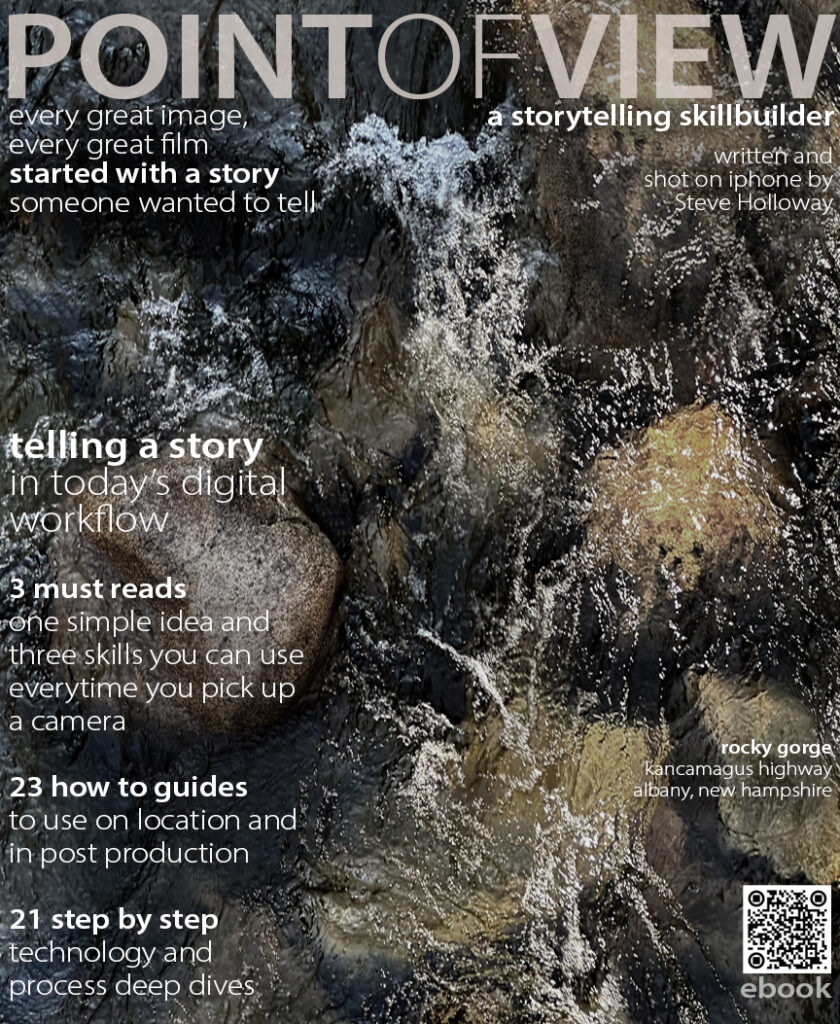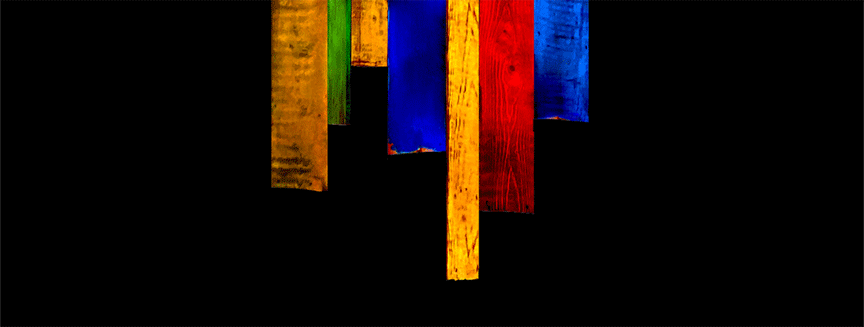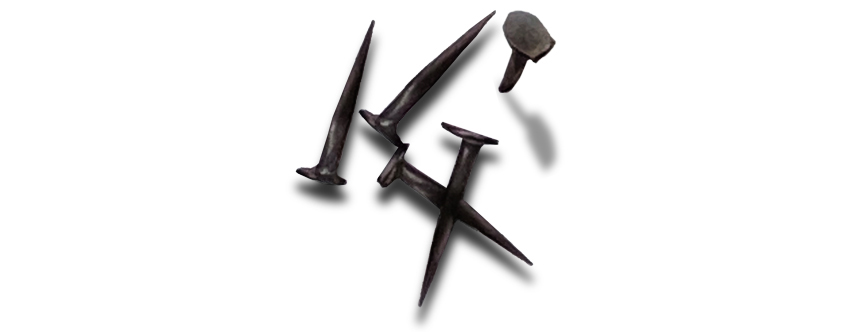
ROCKY GORGE PHOTOGRAPHED ON THE KANCAMAGUS HIGHWAY, ALBANY, NEW HAMPSHIRE

Point of View is an ebook publication of Nonlinear Content. For a free PDF version of Point of View, email [email protected] with the code POVPDF.

WRITTEN AND SHOT ON iPHONE BY: STEVE HOLLOWAY
Point of View is a storytelling skill builder of 23 how to guides and 21 step by step process deep dives, three must reads (that could change how you shoot everyday) plus earlier works and portfolios.


As an assignment photographer, I told someone else’s stories by turning their ideas into images. Retiring gave me the freedom to reimagine how to tell a story.
Point of View chronicles that re-imagining and offers some perspective on shooting and telling a story in today’s digital workflow.
Quick links at the end of every story let you create your own content experience.


If you’re lucky, you have some ah-ha moments in life. Moments that change and shape the way you work every day. These are three of mine.
01A The power of one idea. When to stop shooting (and when not to).
01B Two essential skills teach you to think like a director and see images like a cinematographer.
01C Out on the streets. Learn to instinctively, intuitively capture extraordinary images.

02A Digital evolution. How film emulsions and grain became sensors and pixels. Looking at the first digital camera adopted by commercial shooters and why it’s important today.
02B Annie Leibovitz discusses cameras, the Google Pixel 4 and her thoughts about storytelling.
02C Cinematographer Greig Fraser, from Batman to the iPhone. Greig Fraser, cinematographer for The Batman and Dune worked with award winning director Katherine Bigelow on Zero Dark Thirty and again to create on set with iPhone 13 for Apple. They talk about technology and the iPhone and the storytelling process.
02D Henri Cartier-Bresson chose to shoot on a 35mm Leica M3 at a time when 4×5 Graflex cameras were the industry standard. Here’s why (and why it matters).
02E Moving from film to digital to iPhone. A personal look at shooting on iPhone. Only iPhone.
02F The self portrait series references the portraits and self portraits of photographers and artists whose work influenced and informed mine.
02G iPhone camera rigging. Using Smallrig’s elegant cage solution to jump the gap from iPhone to versatile, compact, agile camera.

03 How to guides – On location.
03A Working with light. Using the light you find.
03B The scout. Visit a location 2-3 times throughout a day to choose camera angles and when to come back for the best light.
03C Shooting during the golden hour. Why this is the best hour of the day for photographers and cinematographers.
03D Photographing people. One of my favorite disciplines.
03E Details, shadows, shapes and textures. Sometimes the light and environment tell the story.
03F Plate shots and reflections. Borrowing an image building idea from film and using reflections as the subject.
03G Feed your passions. Photographing what you’re passionate about instinctively adds a unique point of view to the images.
03H People and food, two favorite subjects. For portraits, the iPhone lets you work lighter and faster on location. And food photography becomes an intuitive process of capturing images, fresh out of the kitchen, as you’re being served.
03I On the road. iPhones on the road remove obstacles other cameras impose as you drive down the road.
03J Wall art (it’s not what you think). Wall art is often an integral part of the interior environment. Photographing wall art adds that perspective to a visual story.
03K Transitional images. Doorways and bridges create transitional images, metaphors for change and symbols for connected spaces.
03L Night photography. Low light and night photography produce dramatic images that let you jump the gap from viewer to participant.

04 How to guides – Post Production.
04A General practices. Working with files using onboard and off loaded processes.
04B Assemblages and abstractions. Assembling elements from an image to create an abstraction.
04C Change the composition of an image. Using a change in composition to improve a subject’s placement and direct viewer focus in the frame.
04D Color correction vs color grading. Borrowed from filmmaking, color grading goes beyond color correction to define your visual style.
04E Create motion with Live Photo. The iPhone Live Photo mode gives you options in post production including Long Exposure to create motion in an image.
04F Resize images and retain detail. Use this simple technique to upsize an image.
04G Software and skill building resources.. Post production starts with onboard processing and moves off board for final post.
04H On device apps. Camera apps for control over image capture. Photoshop and Lightroom for edits on the go.
04I Off board software. A look at specialized apps for image sharpening and plus noise elimination, using Photoshop Elements to build the images you see while you’re shooting and where to find free tutorials.

05A Two key iPhone features. Its compact design and onboard capabilities make a powerful tool straight out of your pocket.
05B Camera and light kit ideas. Develop a kit to help you find an unusual point of view, supplement natural light and lock down the camera for long exposures.
05C Copied on iPhone. Use your iPhone to copy original prints using a setup that creates images that need minimal correction and adjustment in post production.
05D Learning post production. Define your post production process and develop a workflow that works for you.
05E Designing with type. Adding words to images to tell a story is like adding dialog to a movie.
05F Learning from cinema. The visual landscape of America used to be defined by magazines. Today, it’s movies.
05G The 3 lens solution. Did you ever look at the three lenses on an iPhone Pro and wonder how that could Possibly Work?
05H From skill set to working process. How to turn skills into instinctive working process.

SELF PORTRAIT [ ANDY WARHOL TRIBUTE ] © STEVE HOLLOWAY

In fifth grade I took my first camera to school. Not for special events but to photograph kids at their desks, on playgrounds and in classrooms. That’s how I learned to visualize, see and capture images.
I started my work life as a commercial photographer then added marketing, design and copywriting to my skill set and founded a marketing and design firm.
Halfway through my career, I went back to my first love, photography. I worked as an assignment photographer until I retired.
Retiring gave me the freedom to photograph and write about only what interests me.

06A Influences. Here are my influences (who are yours)?
06B Steve Holloway [ Photographs ] Pre iPhone images, film and digital. Begins with my first images and continues until I retired from shooting full time.
06C Steve Holloway [ Memoirs ] How I turned an interest into a career starting with my first camera, a Brownie Super 27.




